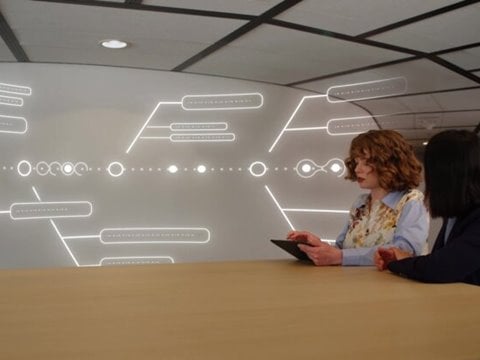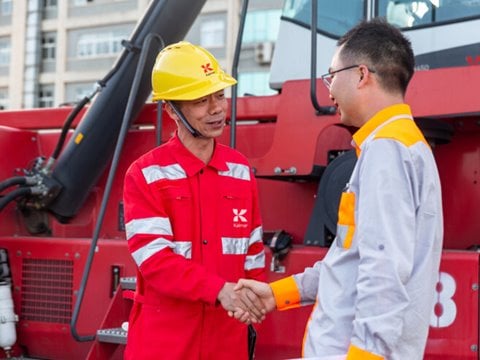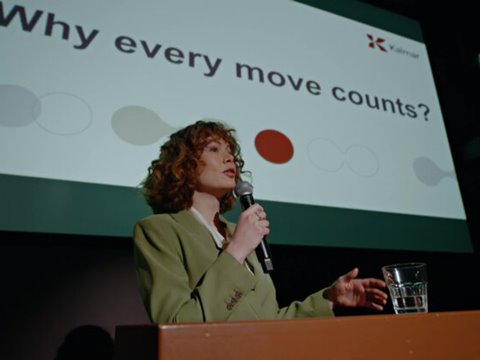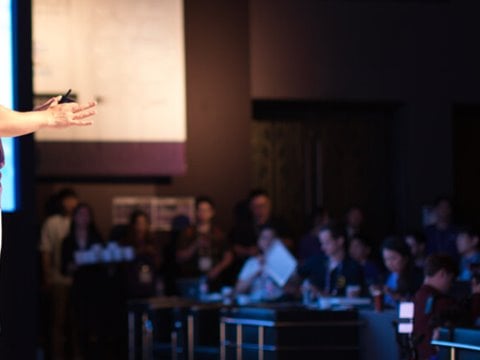
Filling the gaps: better utilisation of space on board
Esko Karvonen, Vice President of the Dry Cargo business line at Cargotec’s Marine business area, explains his view on what he sees as the industry’s biggest future challenge – optimising the utilisation rate of containerships.
In container shipping we always refer to TEUs when talking about cargo. However, anyone in the industry knows that one TEU can mean almost anything. It could mean a full container, an empty one, or anything in between. It could be a container full of teddy bears or a container carrying heavy components with a total weight of up to 25 tons. Our current systems are far from supporting the kind of flexible and accurate pre-planning that is crucial for the optimisation of space on board a ship. This is an issue that the ports of 2060 will have to address.
Powerful and flexible computer technology is already helping us to achieve faster unloading and loading and more efficient coordination at ports. However, fluent communication between customers, brokers, ships and ports is still problematic. A load might be booked onto a ship half an hour before it is due to sail, lacking details of the cargo and leaving very little time to consider how best to use the space on board the vessel. Poorly loaded vessels mean wasted space, which equates to wasted time and money – not to mention fuel and the associated ecological impact.
I expect that the logistical chain in the port of 2060 will be much more cohesive. This means that rather than simply focusing on achieving smoother operations within the port, on board or at the client end, in the future we will rely not just on automation within ports, but at other points along the logistical chain as well. In order to send out vessels that are carrying optimised cargo, the customer and broker end of the process would also be integrated more closely with ship and port operations. Automation could provide more reliable, timely and consistent information and communicate it more effectively to machines. They could then load the cargo in the most space-efficient way possible, acting, reacting and adapting their operation as real-time information flows in.
Maybe our concept of ‘hardware’ will also evolve and adapt. The idea of container shipping really hasn’t changed all that much in 40 years. Our basic hardware is still ships, cranes and containers. However – and it might be controversial to say it – moving containers from ship to shore in the way it is done today might not necessarily be the way of the future at ports.
Futuristic ship designs are already being modelled which favour a move away from traditional ideas. For example, the idea of a three-piece ship is being developed. The cargo-holding centre of this ship would separate and be offloaded while the front and back ends would remain in position to receive a new, already packed and ready-to-sail load. This would minimise movements and maximise both time and space, with all the obvious benefits this entails.
While we cannot assume that all the issues that concern us today will be the same as those that concern us tomorrow, no matter what the changes in the nature of the job – whether it’s the routes, cargo or methods that differ – the shipping industry will always be seeking optimisation. We are moving towards sleeker, smoother and more minimalistic operations – all the way from client to consumer.
Related articles
Further reading
Subscribe and receive updates in your email
Subscribe













